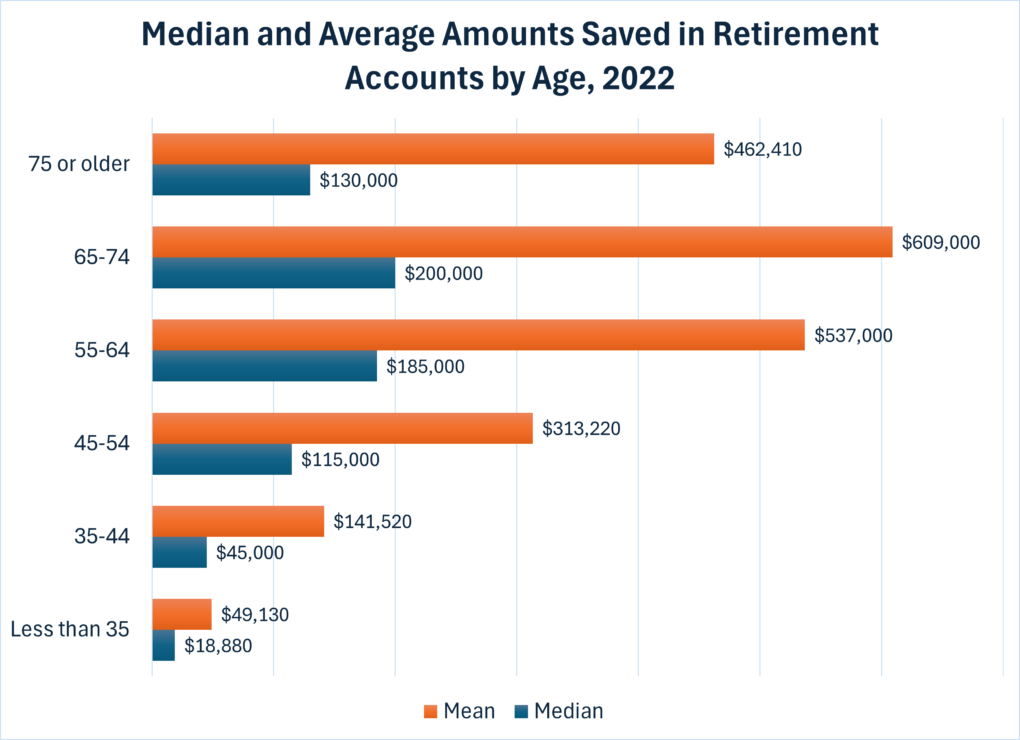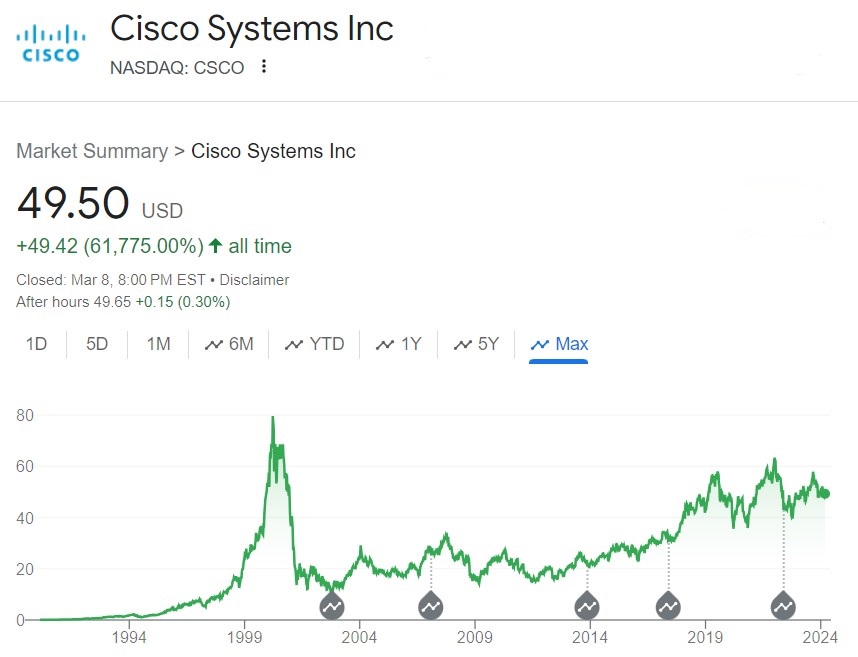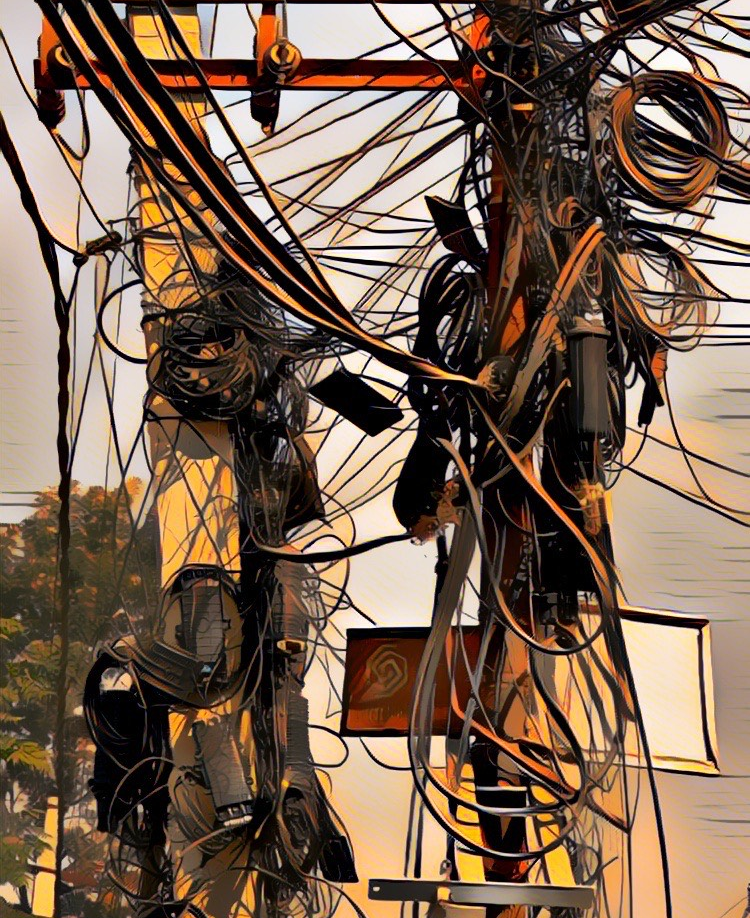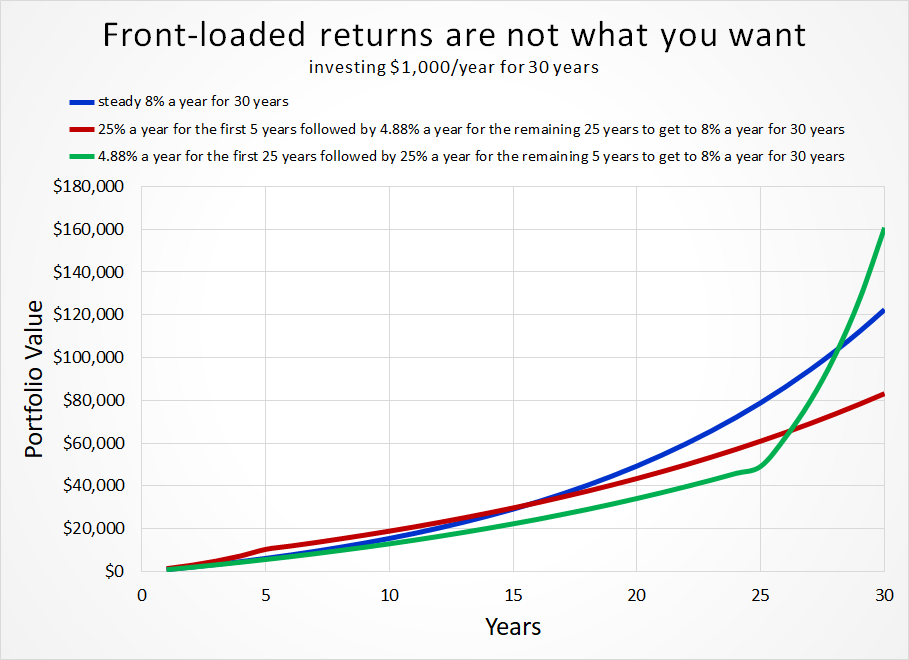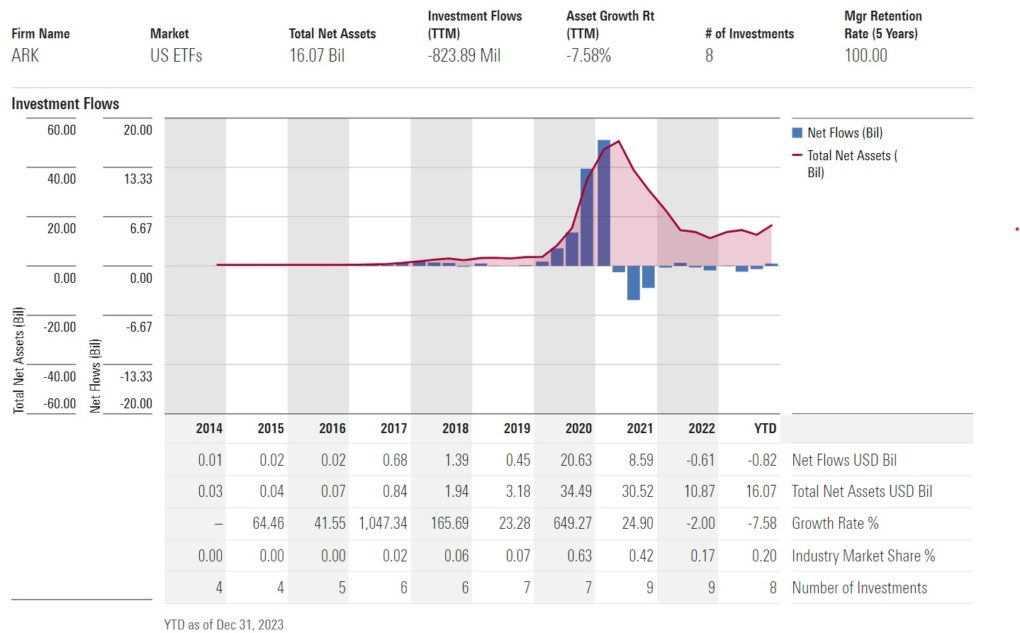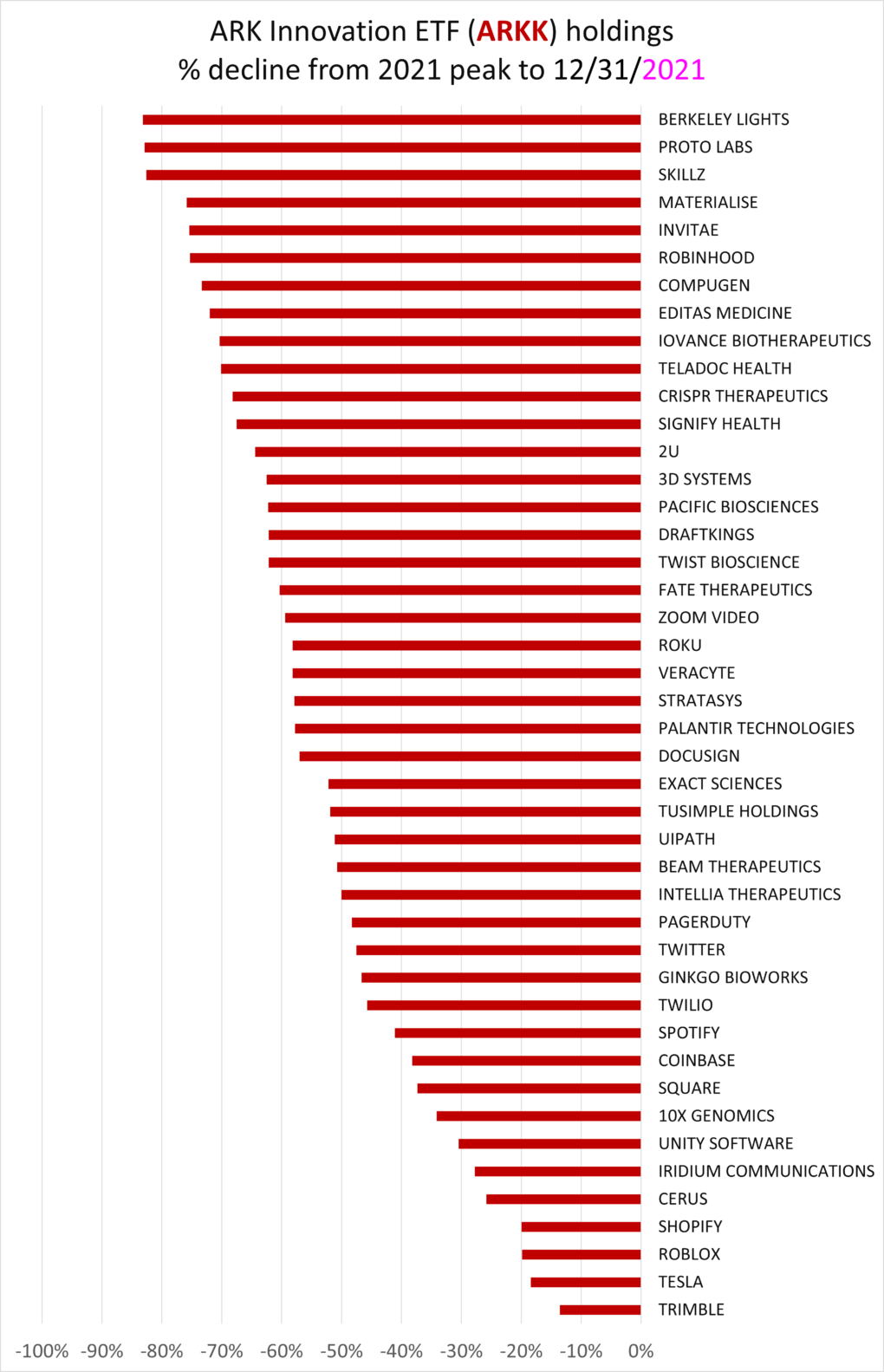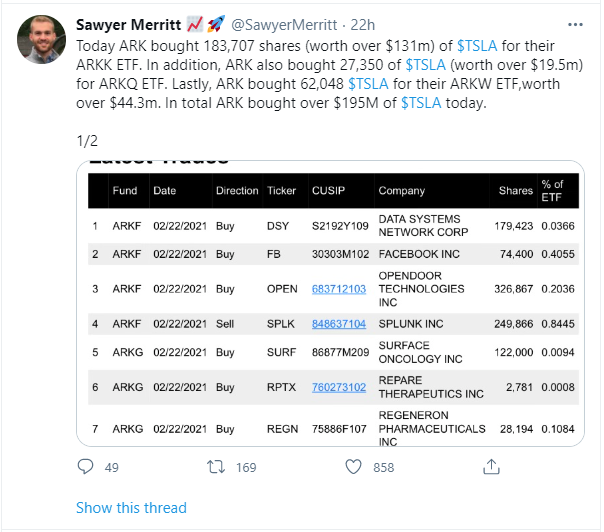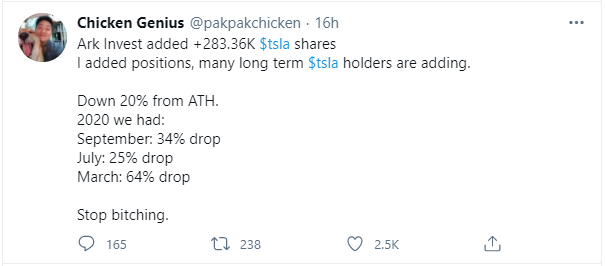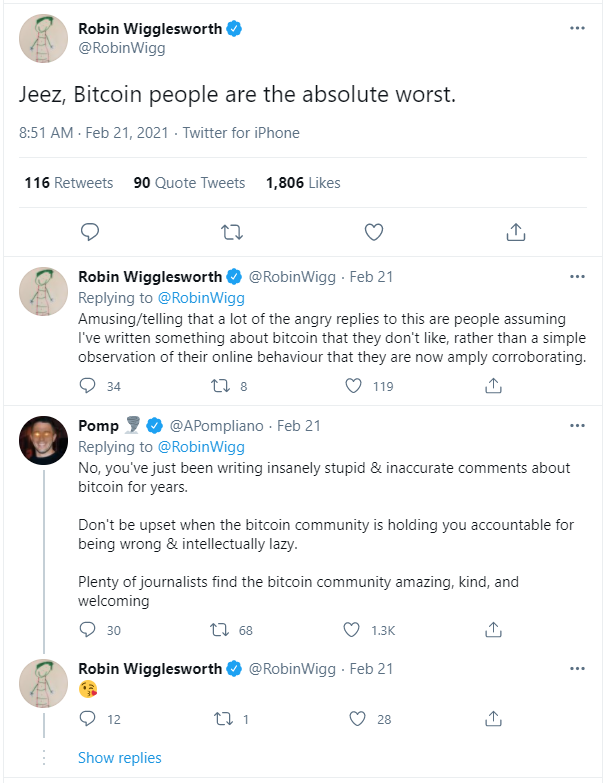We all pay into the Social Security system through FICA taxes each year. FICA is short for the Federal Insurance Contributions Act that also includes paying for Medicare, but we’ll leave that discussion to later.
The Social Security system, as designed, is set up as a transfer payment from the folks who are currently working paying for folks who are retired. So, unlike say saving into a 401(k), there is no designated account in your name. The expected monthly benefits are based upon the average of your thirty-five highest earning years, indexed to inflation.
Indexed to inflation means that the income you were making 35 years ago is brought to the present to account for inflation.
Social Security can be thought of as one of the best government-guaranteed annuities you’ll likely ever own that will pay you inflation-indexed income for the rest of your life. It is like a pension with big implications on how you invest the rest of your money.
But back to how Social Security gets calculated, if you work 40 years, the lowest five income years fall away from the calculation. So, you don’t want a bunch of zeros for any of the years that count.
And when you check your benefits statement which everyone should at the Social Security website, the projected benefits assume that you continue earning at your current rate until retirement.
You become eligible to receive Social Security if you paid into the system for a minimum of ten years. How much you’ll eventually receive though will depend upon the top 35 income years and when you first claim benefits.
On that note, there are three main ages where you get to decide on receiving benefits you are owed:
- Age 67 – Social Security defines this as the full retirement age. You’ll receive 100% of the promised benefits when you claim them at 67.
- Age 62 – This is the earliest you can claim benefits. But if full retirement age is sixty-seven and you claim benefits five years early at age 62, your benefits get curtailed by 30%. And that remains true for the rest of your life. This might be the right call if you need the money or if you are ill and do not expect to live long but if that does not apply to you and you can wait till the age of 67, you should.
- Age 70 – But the big payoff for folks who are healthy enough (and wealthy enough) to wait is to claim benefits starting at age 70. Because every year you postpone collecting benefits beyond your full retirement age, you earn an extra 8% each year. So, if you wait till age 70, that is 24% more in benefits on top of the 100% you would have received at your full retirement age of sixty-seven. And the difference between the reduced benefits at age 62 versus the maximum benefits at age 70 means a 76% increase in your monthly benefits for the rest of your life. There is nothing out there that is as guaranteed as this for deferring receiving benefits over say an eight-year timeframe.
But there are more nuances. Like if you collect benefits before full retirement age and you have earned income (not dividend or interest income) that exceeds $22,000, your Social Security payments get temporarily withheld.
But once you reach full retirement age, the money that was withheld comes back to you in the form of a larger monthly check moving forward.
So, if you continue to work, it is best not to claim early. Wait till your full retirement age when those earnings restrictions go away. There is no penalty if you decide to continue to work once you reach full retirement age.
The overall system as built though, is actuarially fair. That is, whether you collect a smaller check at age 62 or a much bigger check at age 70, it is designed to make you whole as long as you live to the average life expectancy.
But the longer you live, the better off you’ll be in delaying collecting benefits up until age 70. Beyond that, there is no benefit to waiting. And not everyone should wait till the age of 70 but at least one spouse in a marriage should.
And not to be overly sexist but that spouse likely would be the higher earning male who is also actuarially likely to die earlier.
The higher earning husband then can wait till age 70 but the wife can collect her benefits early, even before full retirement age assuming she is not working. Or wait till full retirement age if she is. So, they’ll be receiving two Social Security checks while both are alive beyond the age of 70.
But if the husband dies first, the wife can then step up to her survivor benefits worth a 100% of what her late husband was receiving. Her smaller benefit check then goes away. This hence is a great way for married couples to potentially hedge their bets. It doesn’t always work out that way but is generally a good strategy to maximize benefits over their combined lifetimes.
And when we talk about breakeven ages, we want to know the number of years it takes for each decision to be equal to the other. So, for a single person, the difference between claiming benefits at age 62 versus at full retirement age, that person has to live till age 78 to make it worth it. But that is still lower than the average life expectancy of 85 years.
And between receiving benefits at age 62 versus at age 70, that person has to live till age 83 to breakeven. That again is still lower than the average life expectancy.
But here is the big deal for married couples because now we are spreading that breakeven age over two lifetimes which means that if done right, it is highly likely that the surviving spouse collects the much higher survivor benefits for life.
But what if you get injured or get terminally ill before retirement? Does that mean you get nothing? No, it is then likely that you’ll be eligible for Social Security disability insurance if you are unable to work even before age 62.
Social Security disability benefits are approved on a case-by-case basis and the process can a take long time. But once you are approved, you’ll receive the benefits, backdated to the time you got injured.
And if you have a spouse or children, they’ll be eligible for disability benefits as well.
So Social Security in a way, acts as a disability insurance, it is a pension plan and then it is a form of life insurance for the spouse or minor children left behind.
Here is one example of many on how one could plan with the goal being to maximize the benefit for life. This is not cheating the system. As stated before, the system is designed to make you actuarially whole. You just want to make sure you don’t miss out on the benefits owed to you.
So, husband and wife, husband made more during his working life. Wife worked but not for a whole lot of years. So, if he dies and if the surviving wife is not working and is age 62, she can start with her smaller benefit first.
But once she gets to full retirement age of 67, she can switch to the much higher benefit worth a 100% of what her late husband was entitled to. And that larger amount continues for the rest of her life.
Now let us turn that around. Maybe the husband is a business executive, working and making a bunch of money but say he lost his wife to breast cancer. He is then entitled to survivor benefits, but those benefits are likely smaller than his eventual benefits. What he can do then is to collect his survivor benefits even when continuing to work while his own benefits continue to grow by 8% a year until he turns seventy.
That 8% a year growth though, only applies to the worker’s own retirement benefits and not the survivor benefits so when he gets to age 70, he can now switch to his larger benefit which will continue for the rest of his life. The survivor benefits from his wife then falls away.
I know this all sounds confusing and confusing it is. And we still have not talked about taxes on income from Social Security which we’ll do in a later writeup but feel free to reach out if you are about to decide on what is best for you and your spouse.
Thank you for your time.
Cover image credit – George Becker, Pexels


